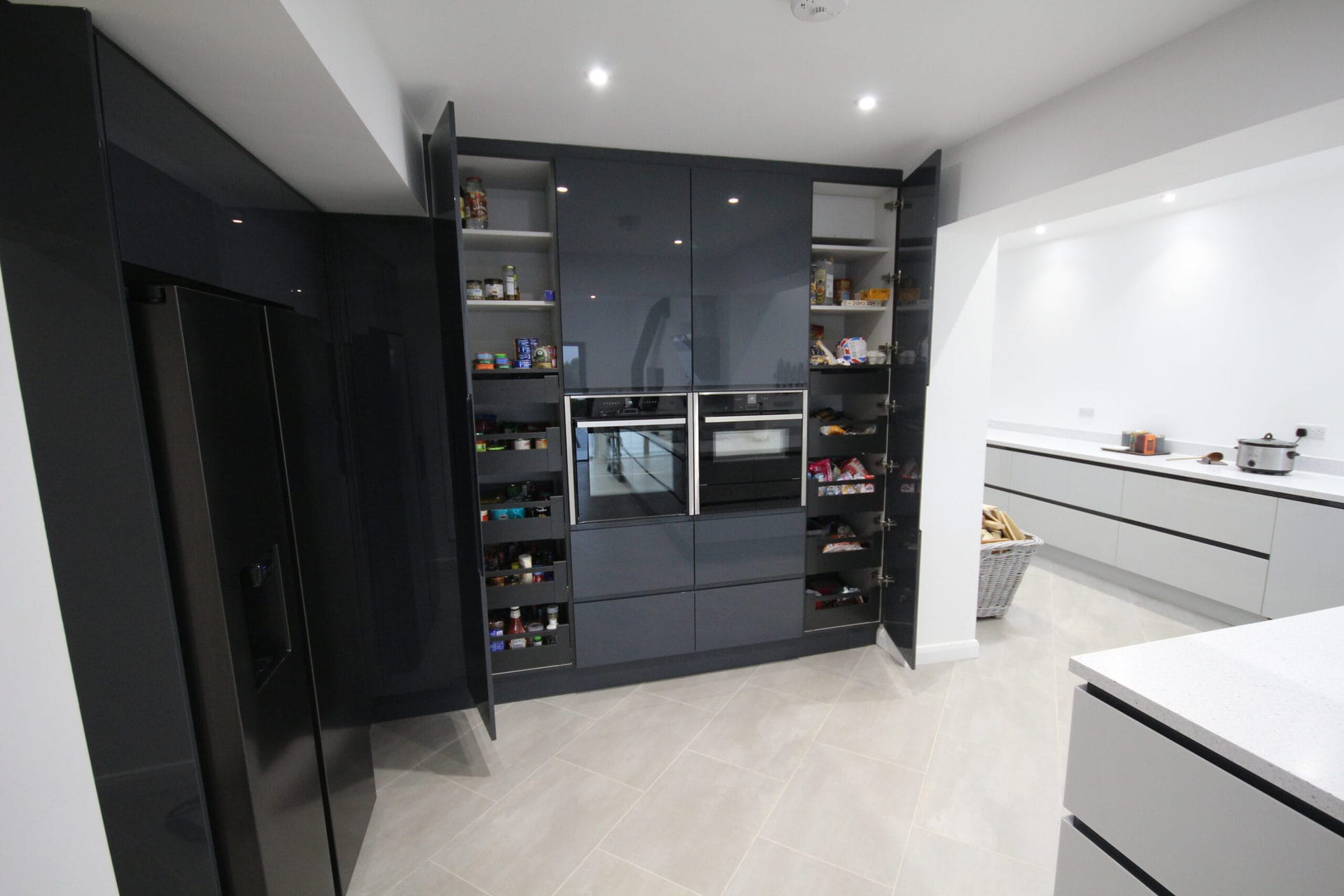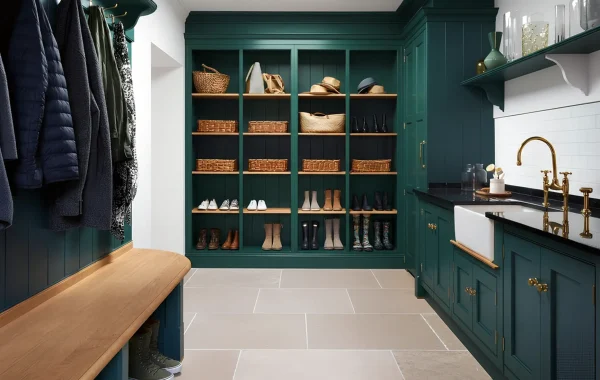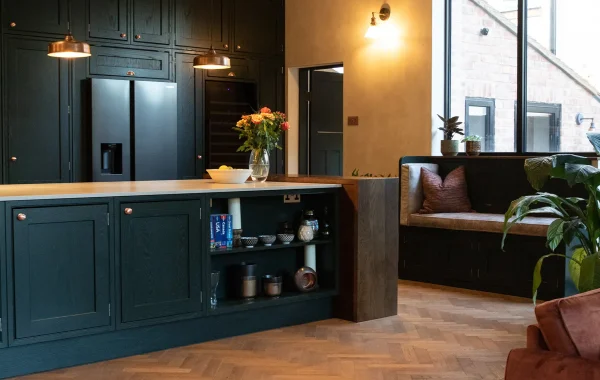The kitchen is undoubtedly the most-used and versatile room in your home. The kitchen is not only a functional space for cooking, but it also serves as a central meeting place in the home and provides opportunities for casual gatherings throughout the day. No matter the size of your kitchen, it’s both a place for informal activities and a busy space during mealtimes. You can make it feel personal by adding your own touches and making sure it works for you.
Homebuyers often pay special attention to the kitchen when viewing a potential home – after all, if you’re going to spend a lot of time in there, it needs to be perfect! As a result, the kitchen can often be the make-or-break factor when it comes to buying or selling a home.
If you’re selling up or building your forever home, investing in your kitchen will always help you make the most of your home. Planning to stay in your house long-term? A well-designed and thought-out kitchen plan will mean you benefit from it on a daily basis—both in terms of enjoyment and practicality. If you’re planning to sell your house, a carefully elevated kitchen will make it more attractive to potential buyers and could possibly have huge benefits on your asking price.
Like the kitchen you see above? Click here to find out how we completed this project.
Designing/building a bespoke kitchen
Kitchens can be found in a variety of shapes and sizes, from large rooms that include both kitchen and dining spaces to tight galley kitchens with little floor space.
Every kitchen is different, there’s doubt about that. Each one possesses its sown set of quirky features & challenges to overcome. Things such as chimney flu’s, angled ceilings and larger than ‘normal’ windows. These features, if worked with correctly, can become assets and even enhance the aesthetics and individuality of your space.
The character of a home is often defined by its quirks, so it’s best to work with them, instead of against them. Bespoke purpose-built kitchens enable you to make the most of every available space, create specific areas for different tasks, and incorporate your lifestyle and personality all in one.
A bespoke kitchen is a worthwhile investment, but inexpensive DIY solutions are available for those who prefer a more budget-friendly option. A row of stylish counter tops can be used in place of a traditional island, adding additional storage rales can also be used for hanging up pots, pans & utensils. Incorporating moveable units and carefully placed shelves can go a long way in creating more every-day friendly storage. It’s important to remember that when it comes to designing a bespoke kitchen, it’s all about what works best for you.
Like the kitchen you see above? Click here to find out how we completed this project.
Choose the correct lighting
kitchen can easily become a dark & dingy room if the lighting is not handled correctly. Natural, artificial, and ambient light should all be used to create a feeling of airiness in the space.
A fairly new and modern installation that can commonly be found in bespoke designed kitchens are recessed ceiling spotlights, or under cabinet lighting.
People often gather around islands in the kitchen, so consider low-level or pendant lighting here. Don’t be afraid to use categorised ‘living room lighting’ in your kitchen either. a floor lamp in a darker corner or a well-positioned table lamp will work beautifully in a well thought out design.
To create an airy feel, avoid using fabrics that absorb light and ensure your kitchen’s lighting can adapt not only to the changing levels of daylight but also to its multifunctional nature.

Easy-access storage
A well-organized kitchen is key to enjoying the space to its fullest. Most importantly though, cooking a storm of meal time and time again. A storage system that keeps all your cooking essentials stored thoughtfully whilst being instantly accessible means you’ll never waste time rummaging for ingredients, utensils or pans ever again.
When designing your kitchen, take into account the way you most frequently function in the space and what you use, need or want to access the most. Once you identify these factors, a space can be designed that accommodates your needs by putting frequently used items at your fingertips and organizing infrequently used items in a manner that allows them to be retrieved easily when needed.








